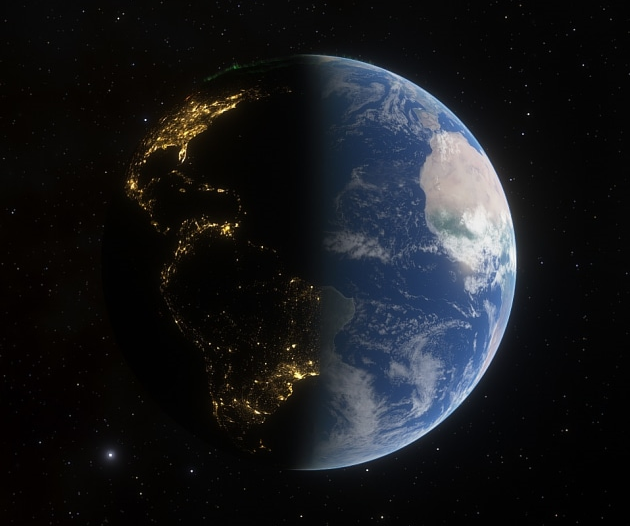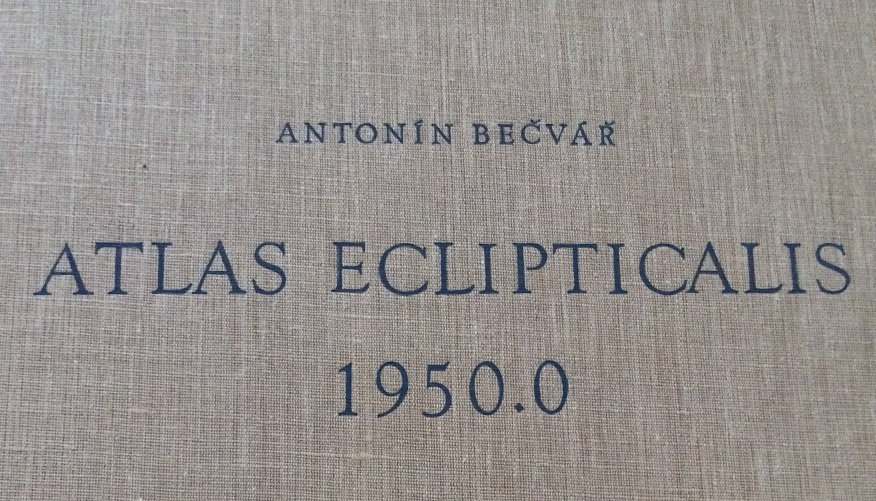This year, the vernal equinox is coming on March 20 at 3:33 p.m. universal time. It is generally accepted that at this time the day becomes equal to the night, but that’s not exactly true. According to the modern definition, the time of this event is defined as the moment when the center of the sun disc passes through the point of the vernal equinox, in which the ecliptic intersects with the celestial equator. For astronomers, this point is very important: it is the zero point of the most important system of celestial coordinates.

To understand why scientists decided to “bind” to the point of the vernal equinox, it should be remembered that one of the first objectives of astronomy was the timing. Our ancient ancestors noticed that each season has its own “set” of constellations. It isn’t hard to find that in the daytime, the Sun culminates in a part of the celestial sphere opposite to the one we see at midnight. It looks as if our luminary is “moving” among the stars on an imaginary line, which is called the ecliptic. Why? Because sometimes you can even see it among these stars — at a time when it is completely covered by the Moon. That is, when total solar eclipses. By the way, lunar eclipses also occur near the ecliptic.
“Zodiac” coordinates
The first system of celestial coordinates was “one-dimensional“ and represented the same ecliptic, divided into 12 equal parts — “zodiac signs”. Later it was divided into 360°. That is how many days, according to the calculations of ancient astronomers, a year should have lasted. The point of the winter solstice was taken as the starting point: after its passage, our luminary began to move “to summer“, rising higher in the sky every day. But at that time it was impossible to determine the exact moment of the “beginning“, since the solar declination changes very slowly at this time. Actually, declination became the same “dimension“, by which the celestial coordinates acquired their current form.
In ancient times, people noticed that all celestial bodies participate in the daily rotation of the celestial sphere, but the absolute majority of them, except for the Sun, Moon, planets and comets, do not change their mutual position, while keeping constant patterns of constellations. It looked as if they were all fixed on a huge sphere. And it was called the “sphere of fixed stars“. It orbited around one point (celestial pole), which always occupied a constant position relative to the horizon for a particular place of observation. When the travelers got to the Southern Hemisphere of our planet, they saw that the Southern Hemisphere of the sky also has its own celestial pole. These poles looked like good “reference points“ for the coordinate system, the first axis of which was an equi-spaced circle from them — the celestial equator. Therefore, this system was called equatorial.

Equatorial coordinate system. Letters P — celestial pole,
Q — the projections of the solstice points to the celestial equator,
O — the observer, M — the object of observation
The angular distance from the celestial equator to the object of observation is called declination, and it is indicated by the Greek letter δ. It is measured in degrees and in the direction of the north pole has a value from 0 to +90°, and in the direction of the south — from 0 to -90°. It is not difficult to understand that at a specific point on the earth’s surface, celestial bodies culminate at the zenith, the declination of which is equal to the geographical latitude of the observation site. At the terrestrial poles, the corresponding celestial pole will be located “above our head“.
Sidereal time
Declination is only one coordinate, it is not enough to clearly determine the position on the celestial sphere. The second is the angle between the “projection“ of the object on the celestial equator and some fixed point on it. As a point is chosen its intersection with the ecliptic, in which the Sun, moving across the sky relative to the “fixed“ stars, passes from the Southern Hemisphere of the celestial sphere to the northern one. This is the point of the vernal equinox.
It might be asked why not use a more “noticeable“ reference point — for example, a fairly bright star lying on the celestial equator (this is how we find the north celestial pole by Polaris). But, firstly, we have known that all these “fixed“ stars are constantly changing their position. Secondly, there is just no such luminary in our era. And thirdly, the “binding“ of celestial coordinates to the equinox point facilitates the work of astronomers-observers, since it reflects the daily rotation of the sky, which is actually a consequence of the rotation of our planet around the axis. Therefore, the second coordinate, known as the “rectascension“, is measured not in degrees, but in hours, minutes and seconds. It is counted from the point of the vernal equinox to the east and can have a value from 0 to 24 hours. It is indicated by the Greek letter α.
The rectascension of the celestial bodies currently passing the upper culmination over the observation site is equal to the local sidereal time. Once it was defined exactly like that, but now they often solve the opposite problem: knowing the date, the geographical coordinates of the observer and the zone time, they calculate the sidereal time, and with its help they direct astronomical tools to the desired point in the sky.
Epoch of equinox
In the II century BC, the ancient Greek astronomer Hipparchus, comparing his observations of lunar eclipses with similar observations of his predecessors Aristilus and Timocharis, came to the conclusion that the point of the vernal equinox is not in one place among the “fixed stars“, but slowly moves along the ecliptic. This phenomenon was called precession. Its nature is the topic of a separate article. Here we note that it is thanks to him that the ancient astrological zodiac signs have not coincided with the constellations after which they are named.

Not long enough, precession forced astronomers to publish Star charts with a “shifted“ coordinate grid every 50 years. Until 1990, the most commonly used charts on which the position of the equinox and solstice points corresponded to 1950. Ephemerides were calculated and published “for them“. Ephemerides are tables of coordinates of celestial bodies at certain points in time, allowing to find them in the sky. Then the whole world quickly switched to the maps of the 2000.0 epoch, which are still in use today. Now when we have powerful computer engineering that allows us to quickly recalculate the “route“ of a comet or asteroid for any epoch, this problem is not so actual, but ephemerides necessarily indicate for which coordinate grid they are compiled.
The direction to the vernal equinox point is one of the axes in some other coordinate systems— for example, in the three-dimensional heliocentric system used to calculate spacecraft trajectories.

